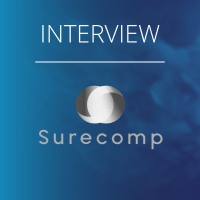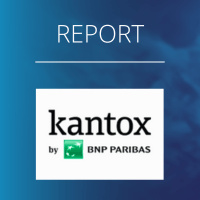Having spent a significant amount of time working on financing transactions for corporates, I appreciate the importance of debt financing for companies looking to fund existing operations and finance their growth plans.
While there are numerous debt instruments available, senior secured and senior unsecured debt are two forms that are commonly utilised. Understanding the differences between these two forms of debt is crucial for both creditors and corporate debtors alike, as it can have a significant impact on the level of risk faced by creditors and the availability and pricing of debt from the debtor’s perspective.
Senior secured debt versus senior unsecured debt
There are two main types of senior debt: secured and unsecured. As a treasurer, I’ve benefitted from understanding the differences between these two types of debt in order to arrange optimal financing for the businesses I have acted for.
Senior secured debt is debt that is backed by specific assets or collateral, meaning that if the borrower defaults, the lender can employ receivers to seize and liquidate the collateral to repay the debt. This is a risk mitigant for the lender which is reflected in the interest rate, arrangement fee and other fees.
On the other hand, senior unsecured debt doesn’t have any specific assets backing it but ranks higher in the capital structure than subordinated and other forms of debt, such as mezzanine. If the borrower defaults, the lender must rely on the residual value of the company’s assets or liquidation proceeds after senior secured creditors have been made good, to repay their debt. This makes it riskier for senior unsecured creditors and therefore this form of debt typically comes with higher interest margins than senior secured debt.
In terms of capital structure, senior secured debt can be a valuable option for companies seeking to raise capital, as it allows for a lower cost of capital compared to unsecured debt, however assets become encumbered which is unattractive for corporate debtors. On the other hand, senior unsecured debt can be a viable alternative for companies that have limited assets or appetite to pledge assets as collateral, as it provides access to funding without the need to pledge collateral as security, provided the company can service the debt.
Concept of Seniority
It is also important to understand the general concept of seniority, within which security concepts reside. Senior debt holders are given priority in terms of their claim over the residual value of assets in a liquidation scenario, while subordinated debt only holds claims over the same assets once senior creditors have had their financial obligations repaid. In an event of default and the subsequent liquidation of a debtor’s assets, senior secured debt would be repaid first, followed by senior unsecured debt and finally lower-ranking debt, if the company’s assets have any remaining value.
Conclusion
In conclusion, the availability of security and the seniority ranking of debt has important implications for creditors in an event of default and therefore for the pricing and availability of debt to corporate debtors. A thorough understanding of the differences between senior secured and unsecured debt is necessary to make informed financing decisions for corporate debtors. Companies should evaluate their specific asset availability, ability to service debt and financing needs to determine whether senior secured, senior unsecured or lower-ranking debt would be the most appropriate form of financing.
Should you have any questions on this subject, I would be happy to tell you more!














